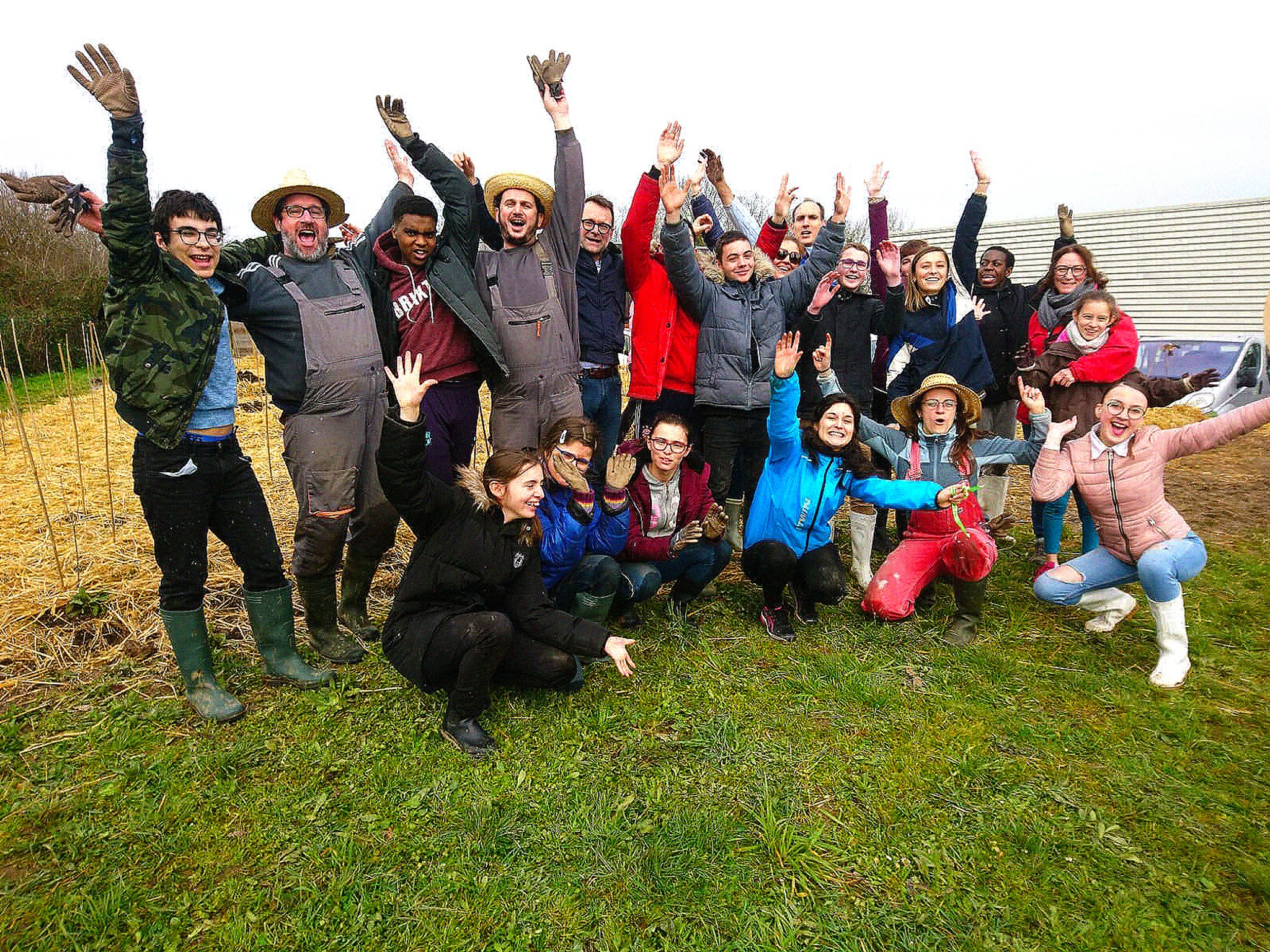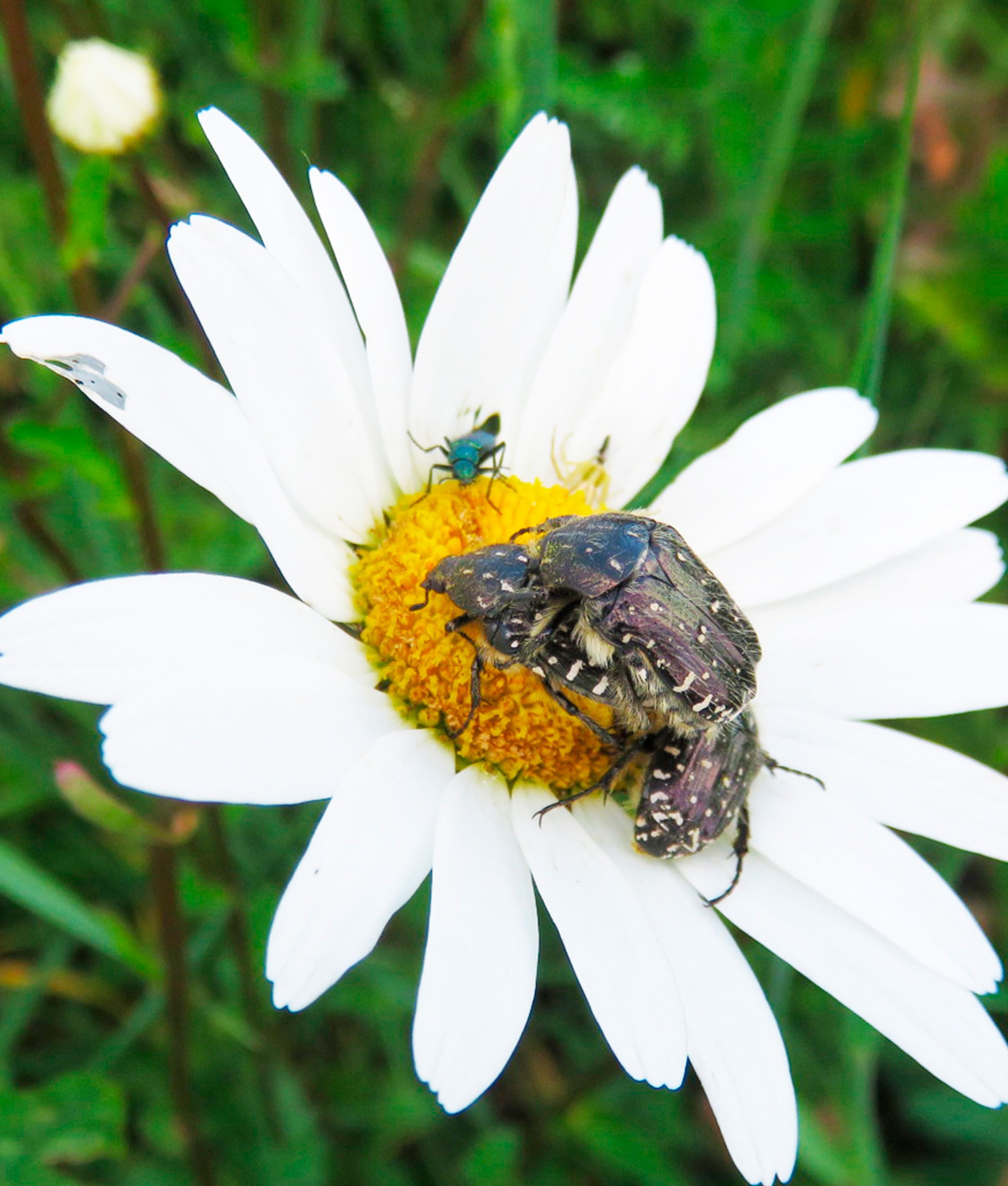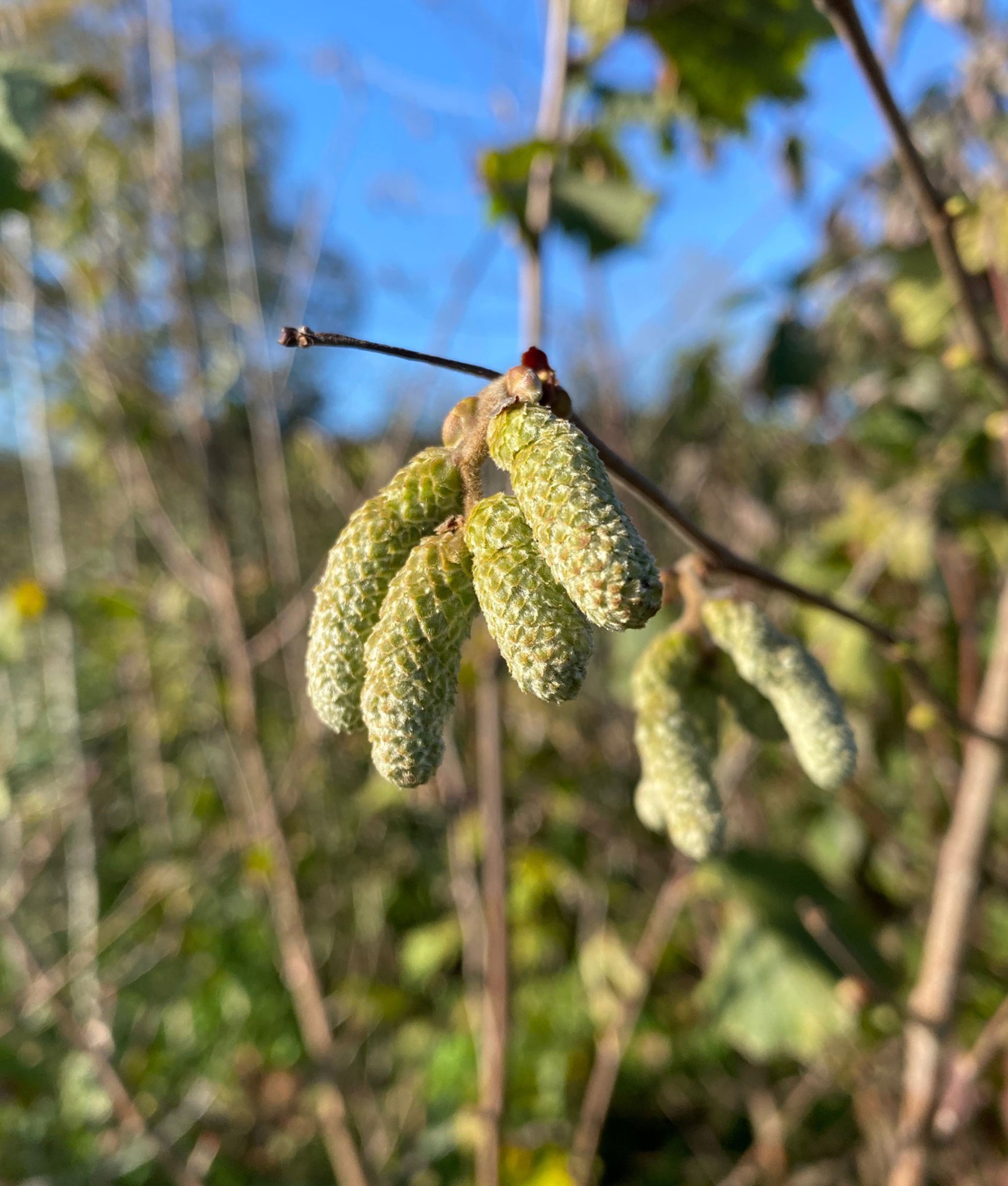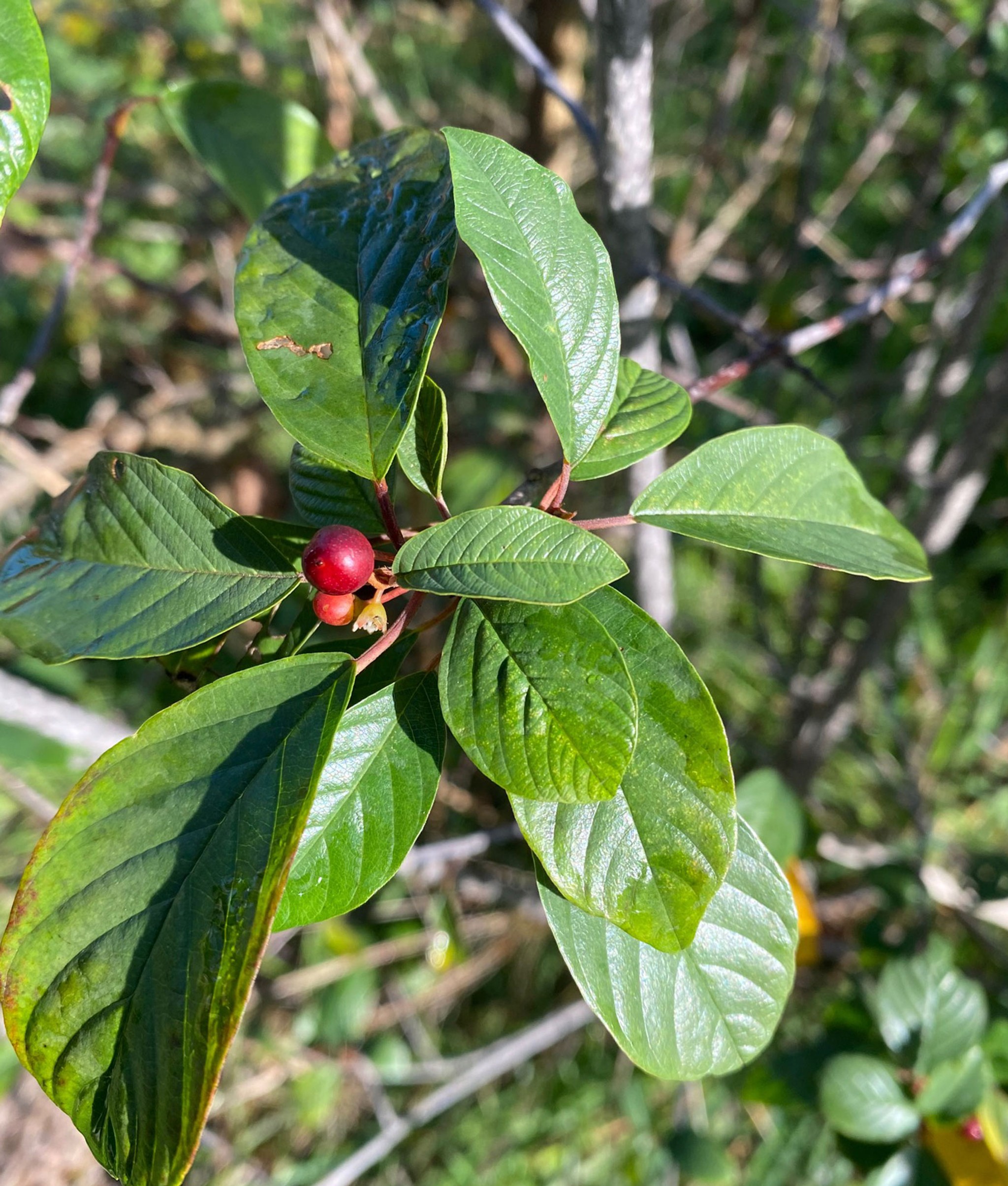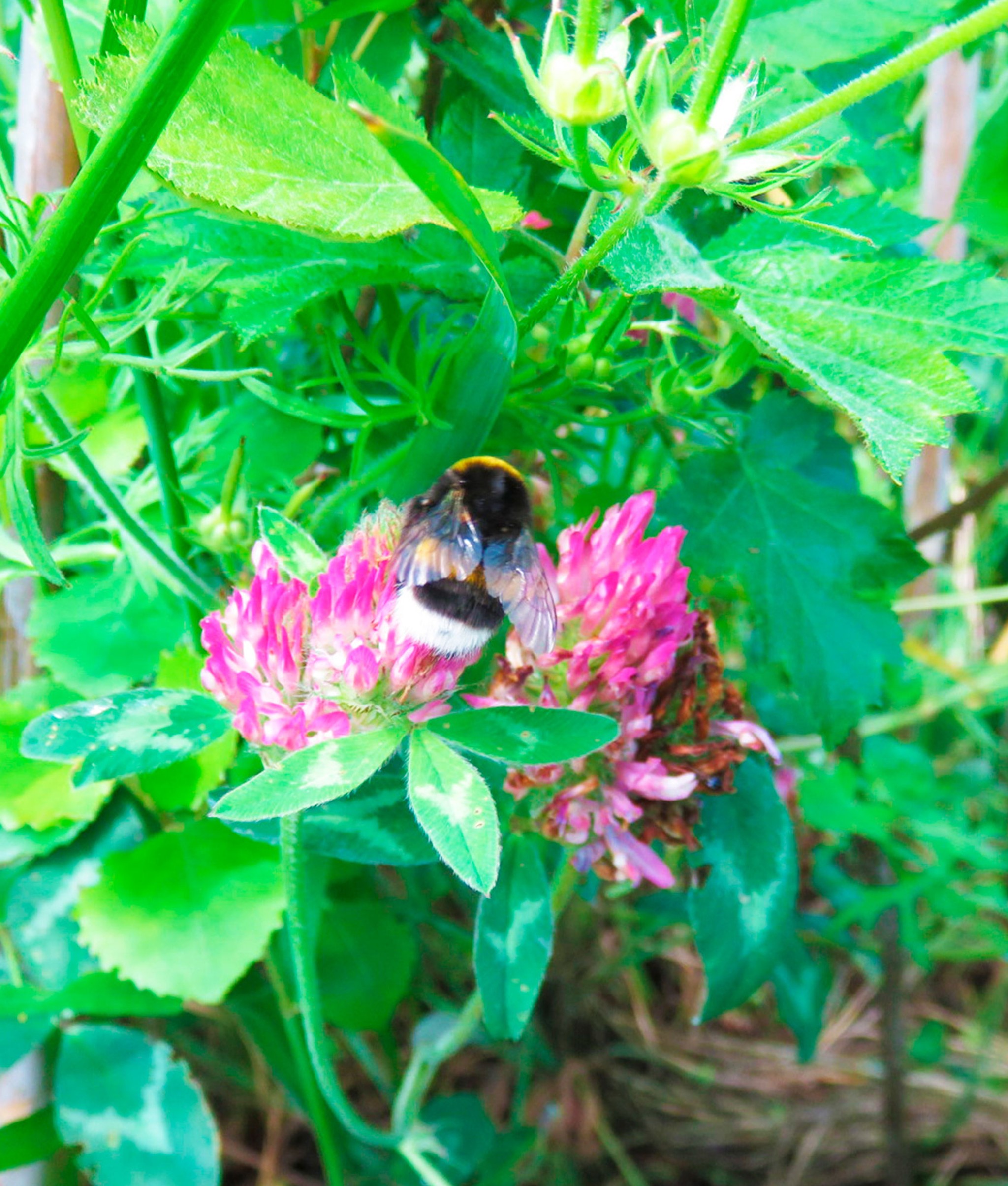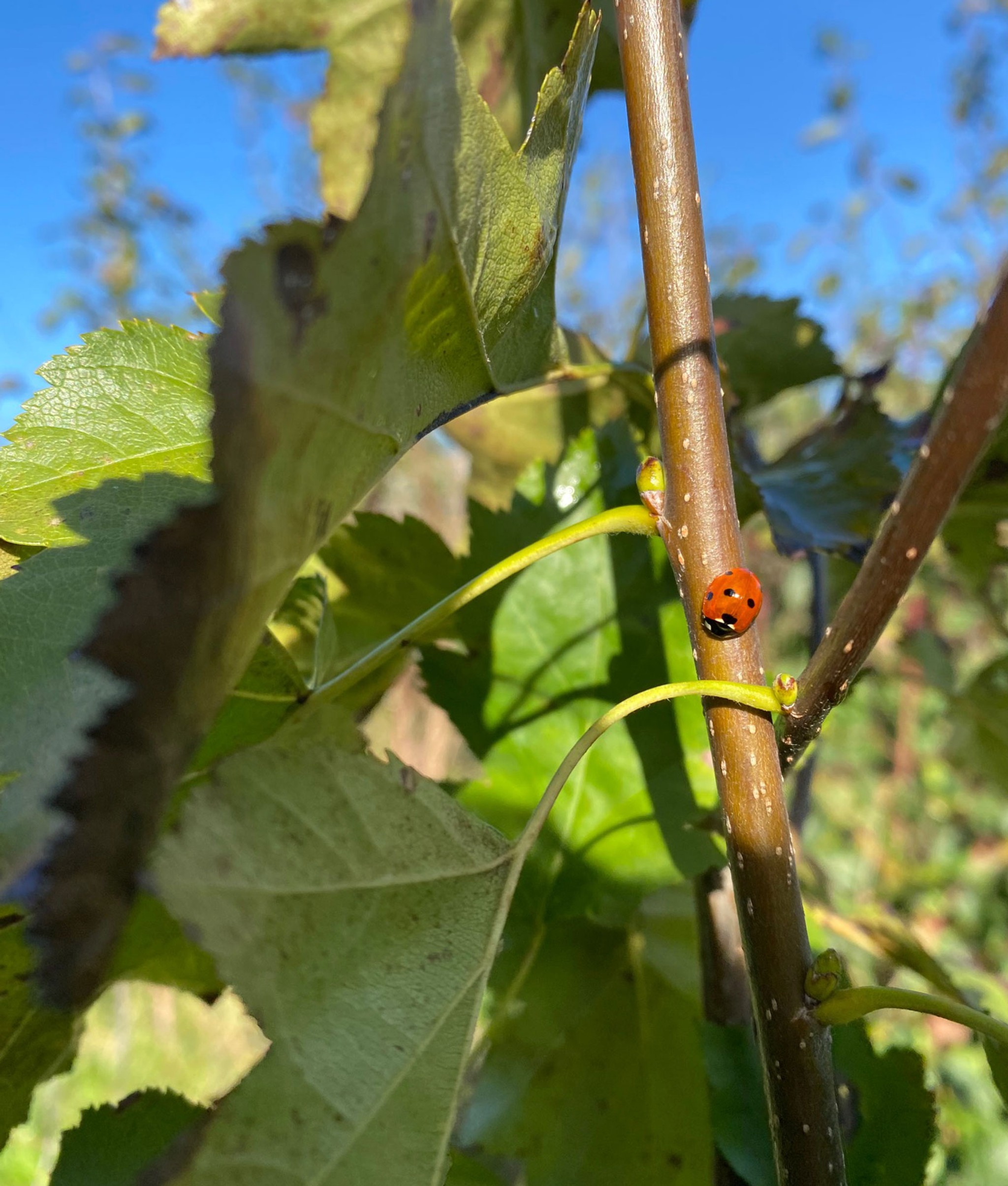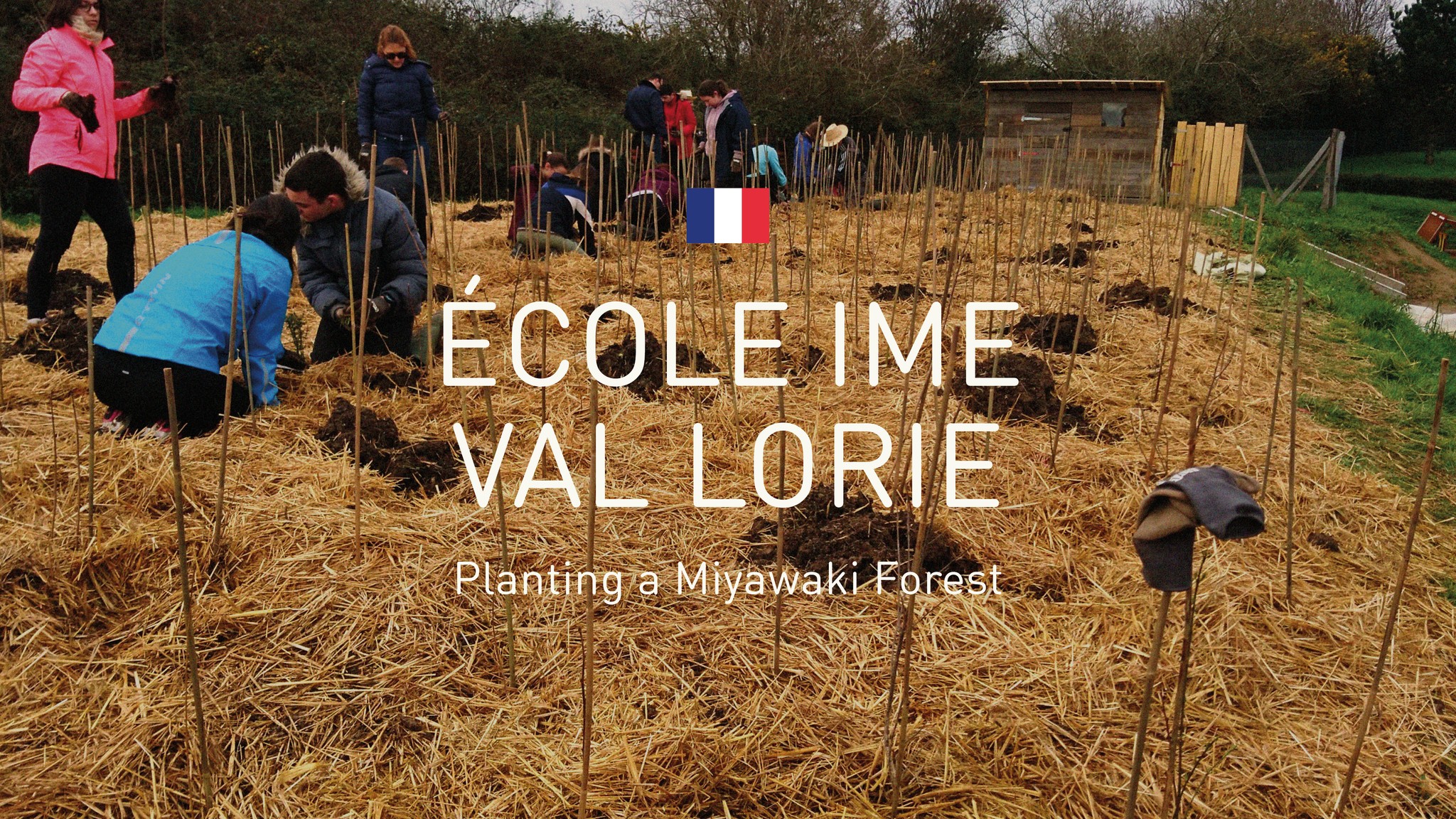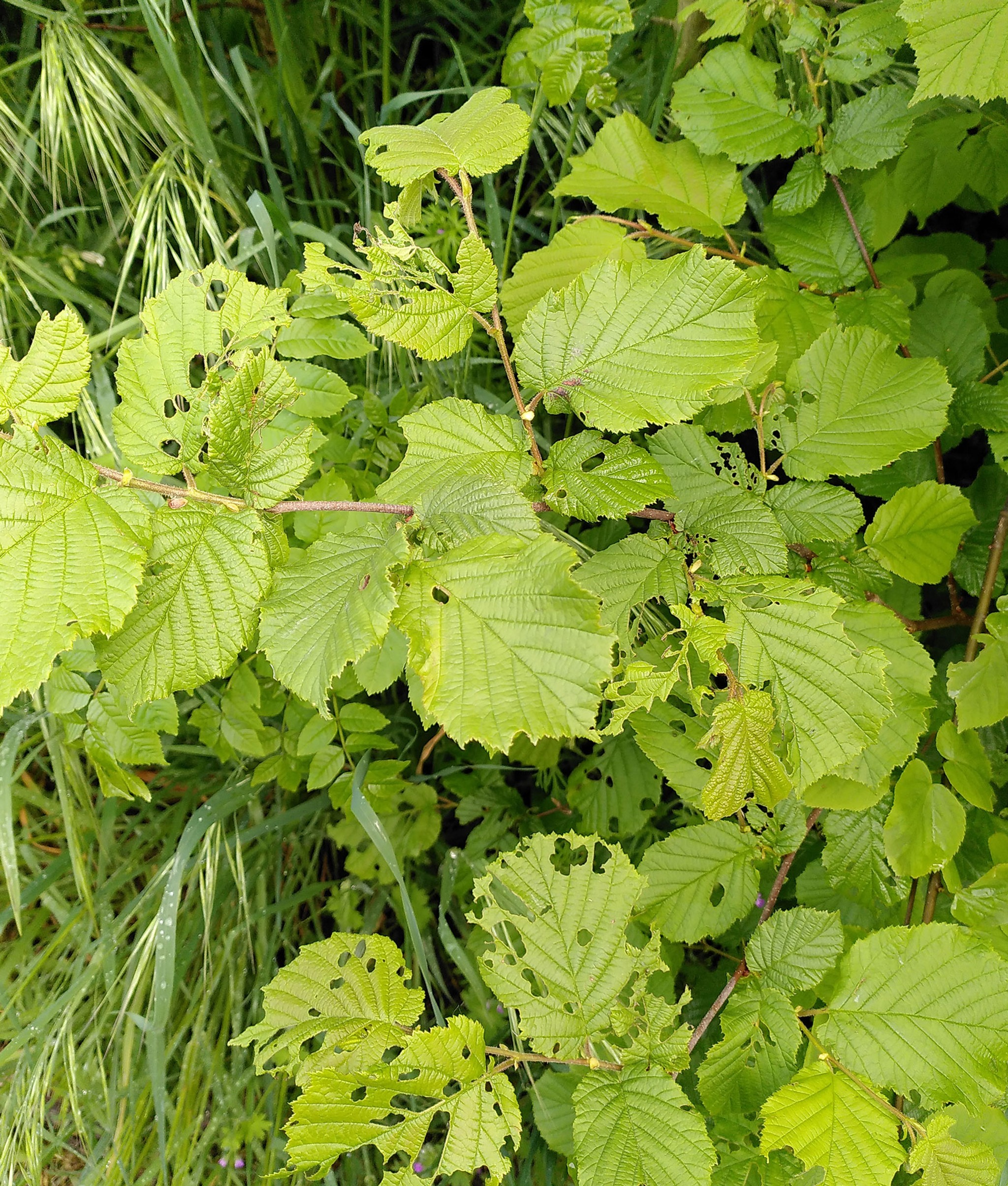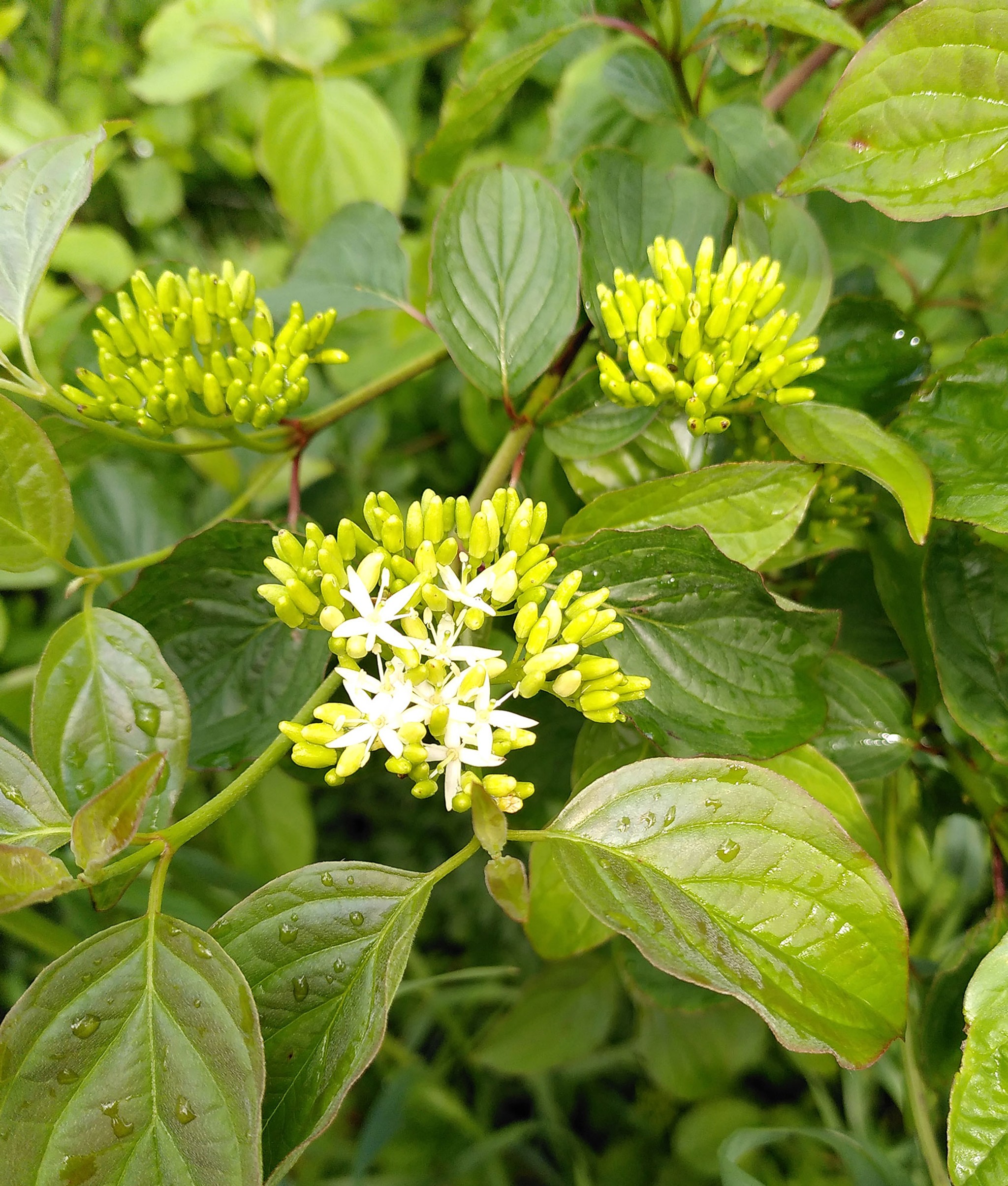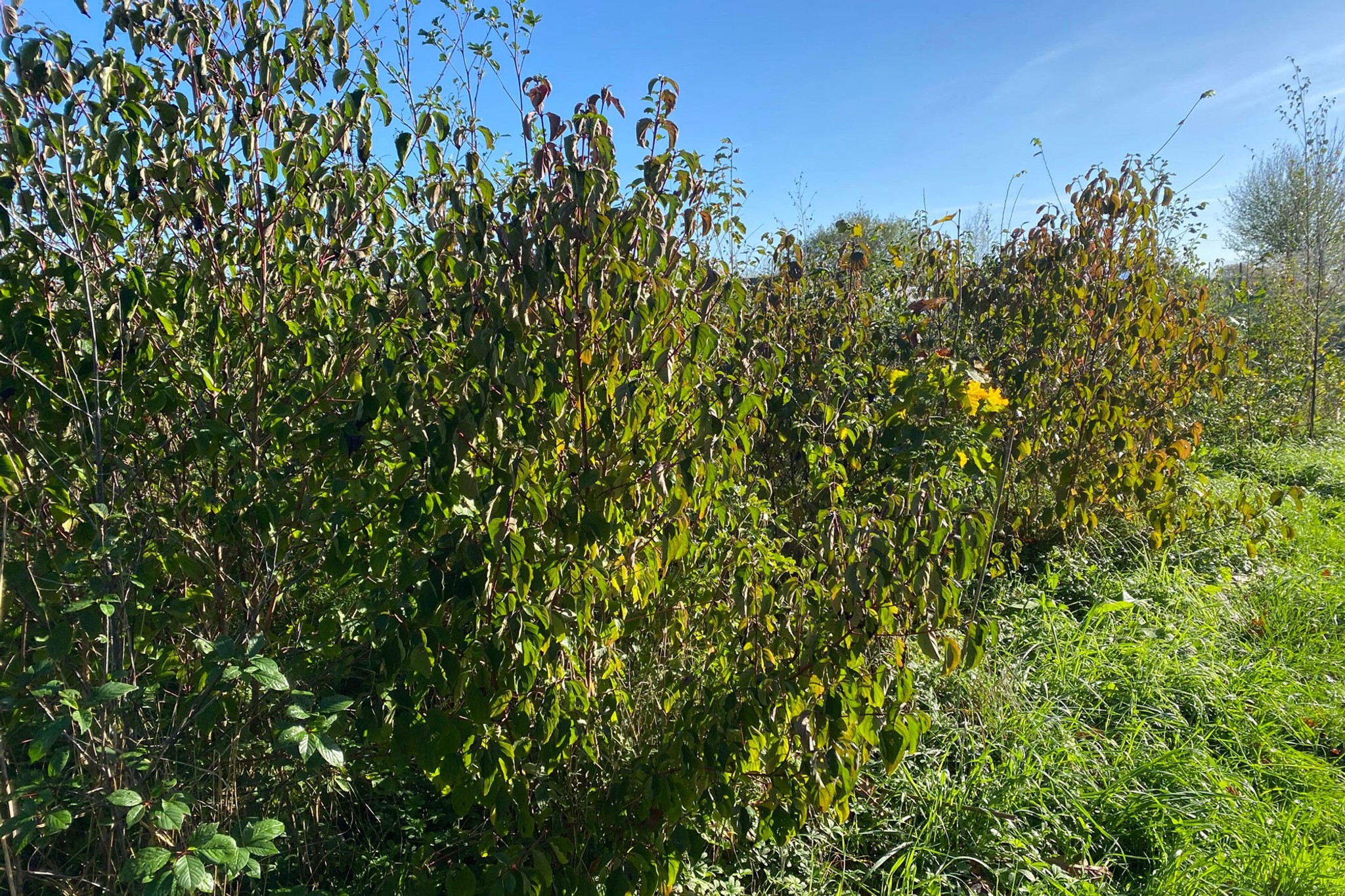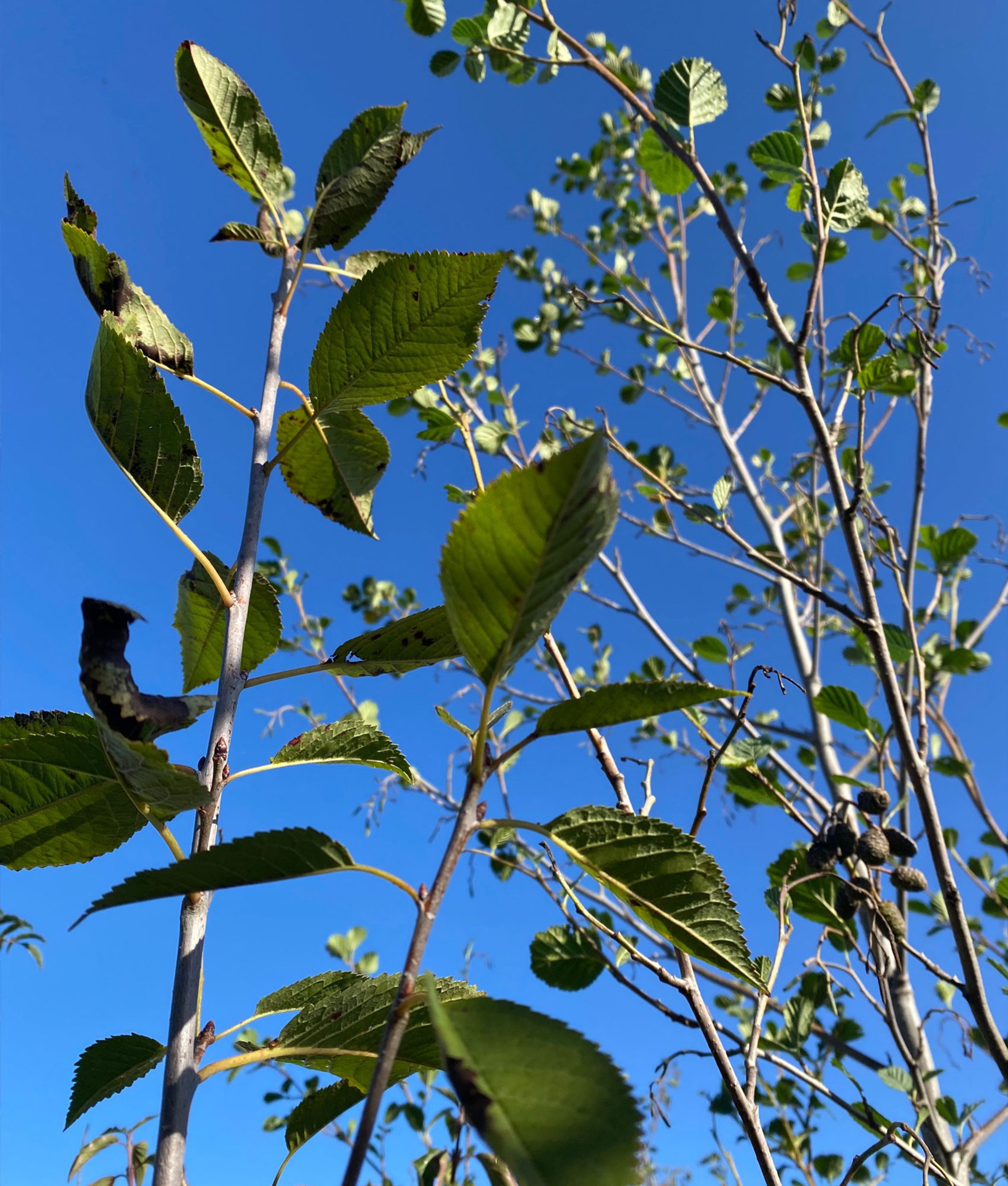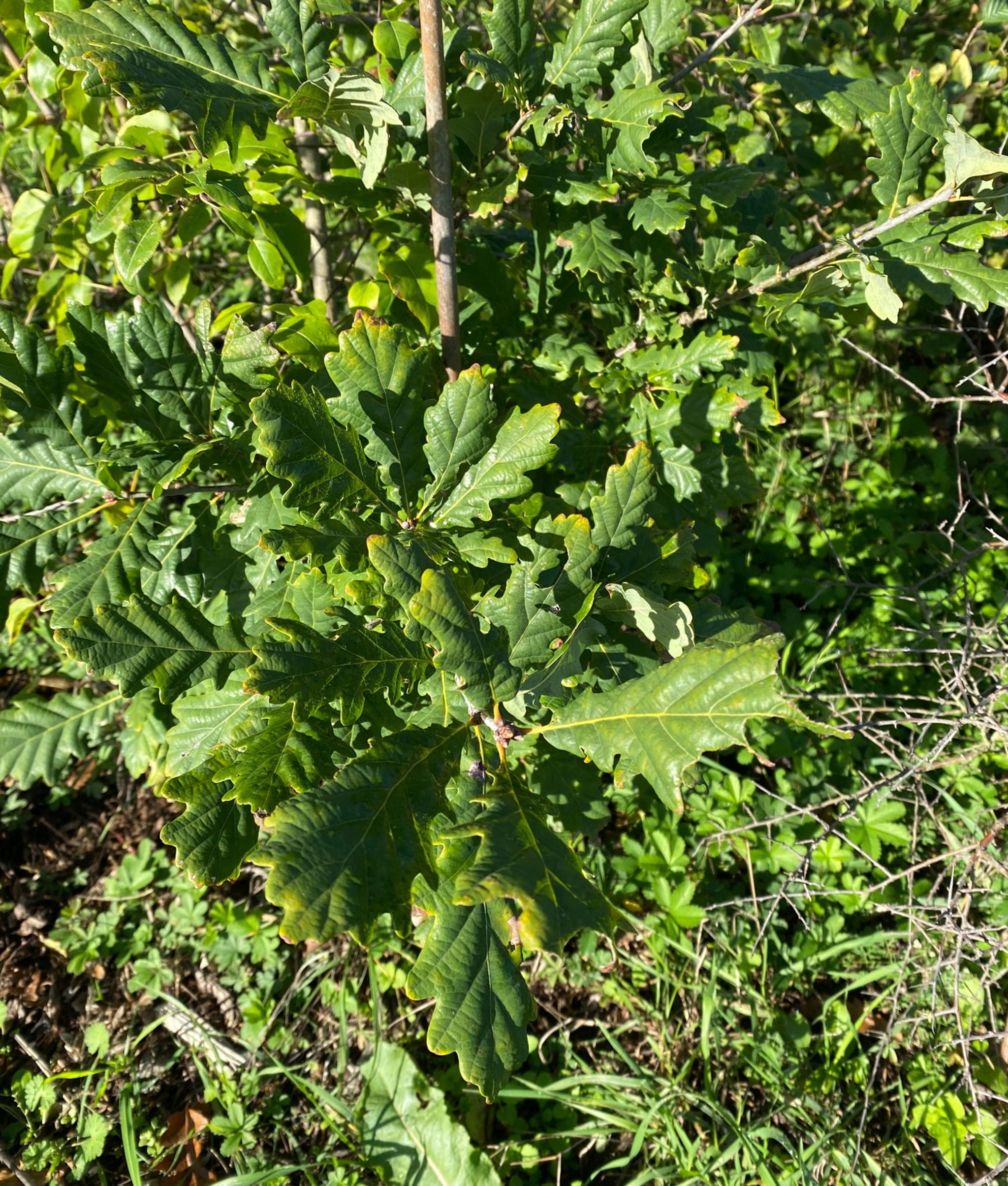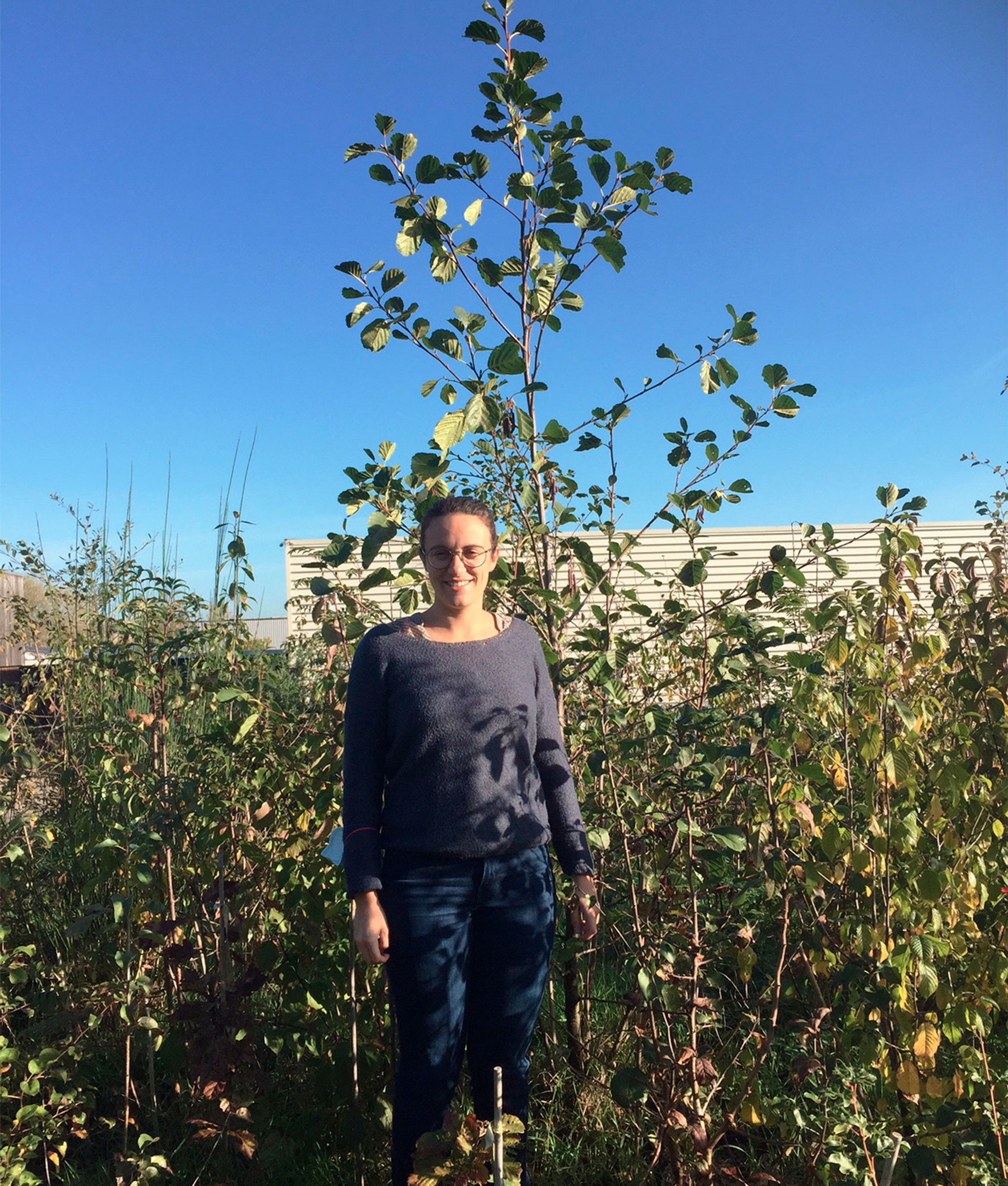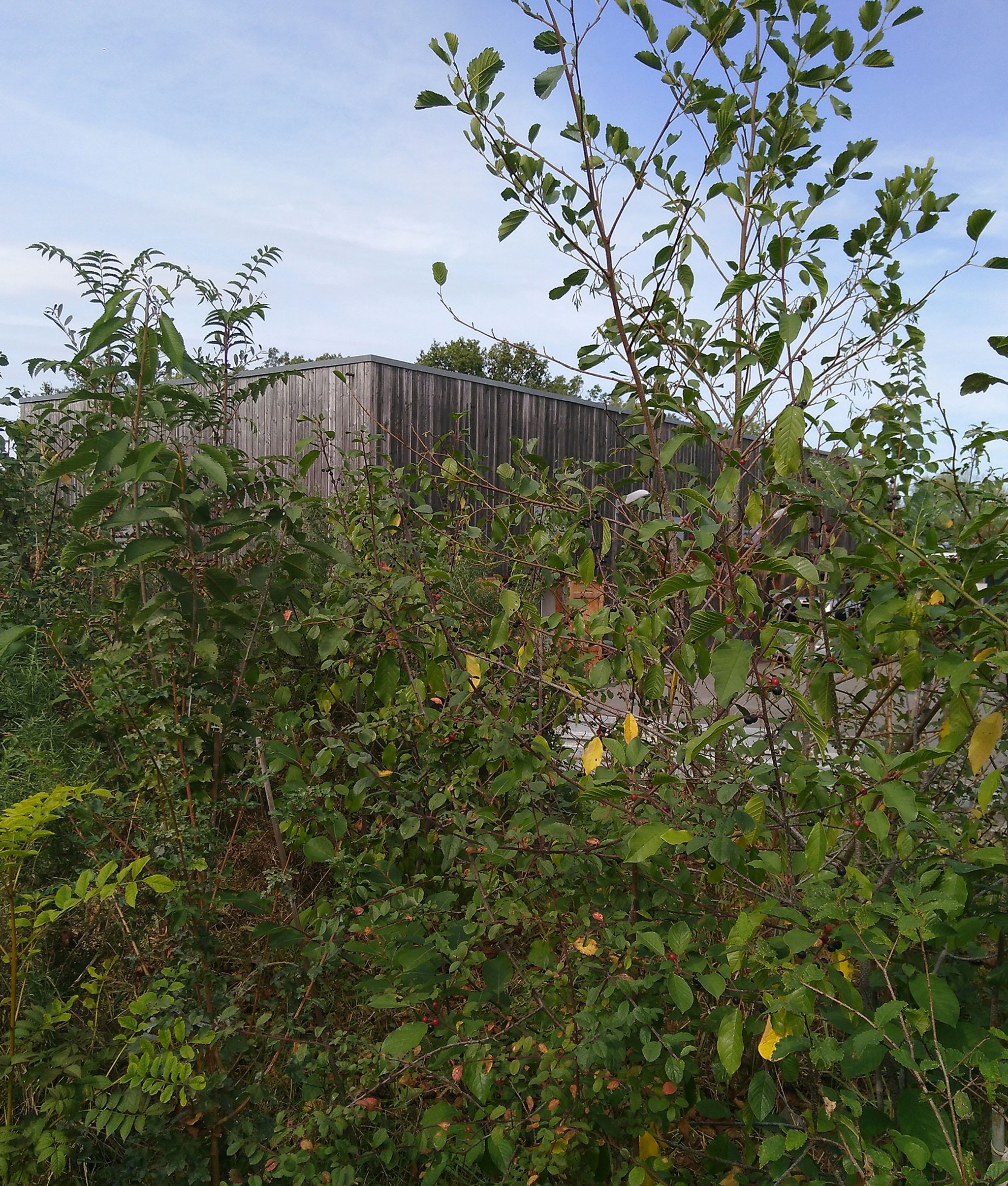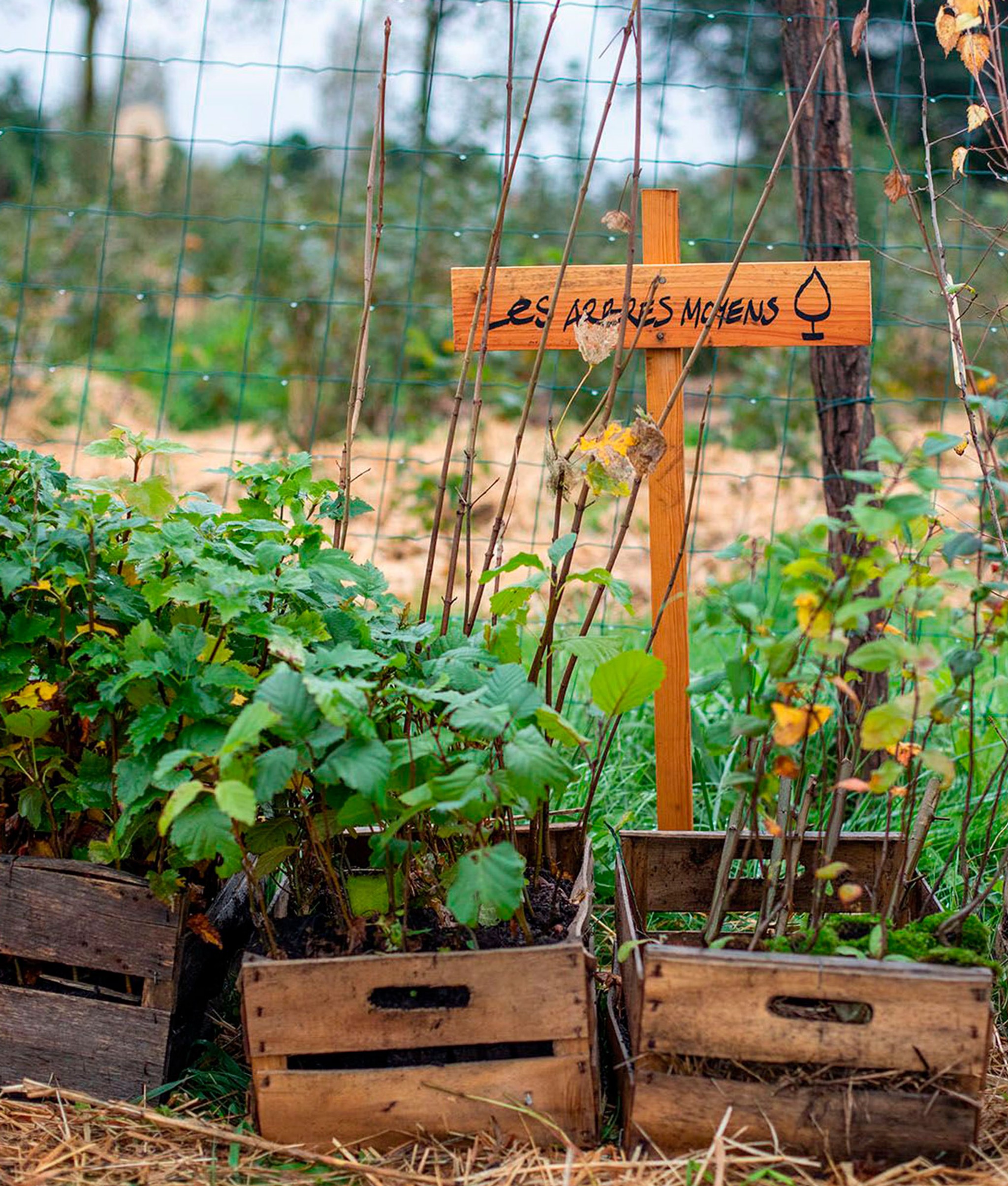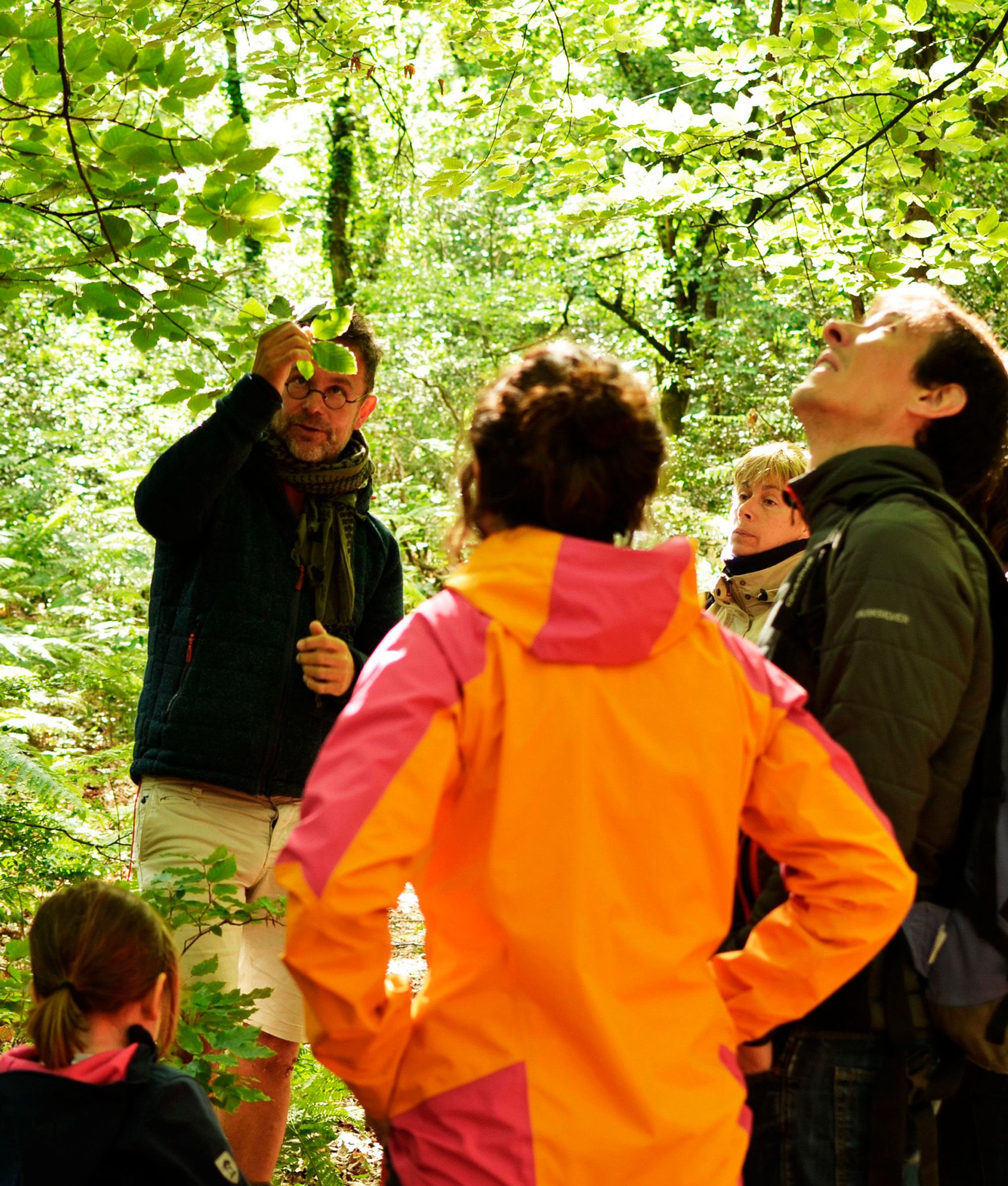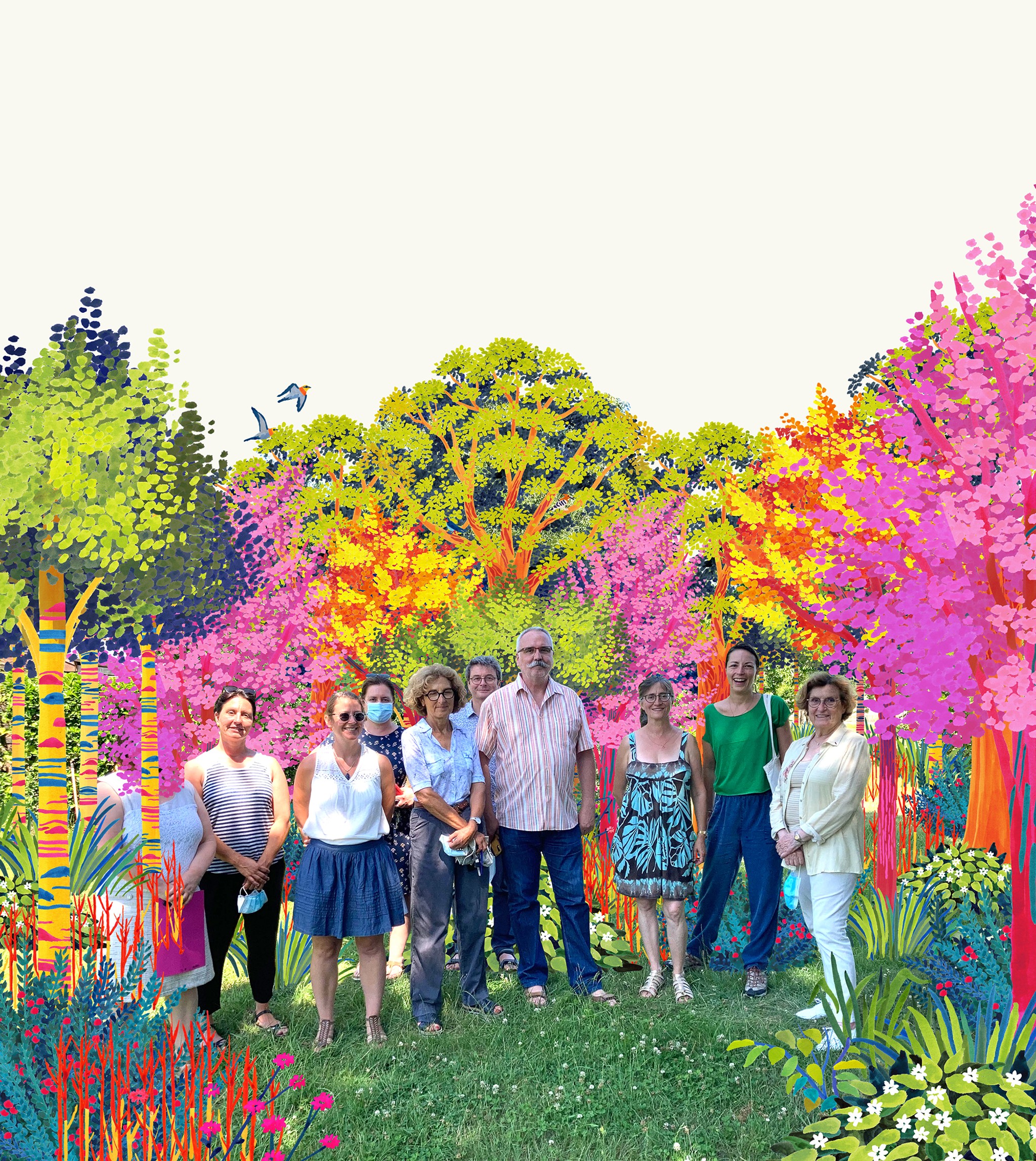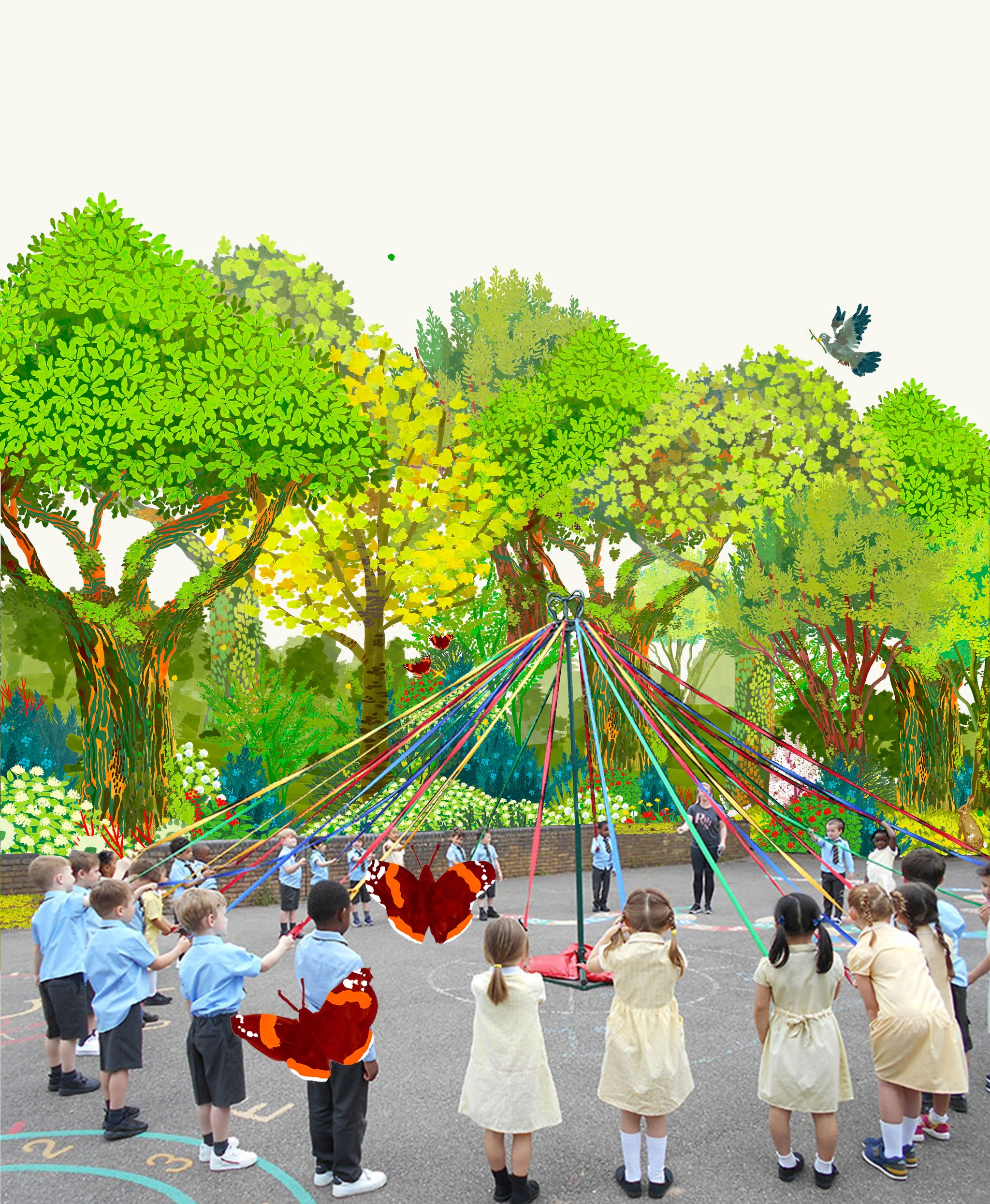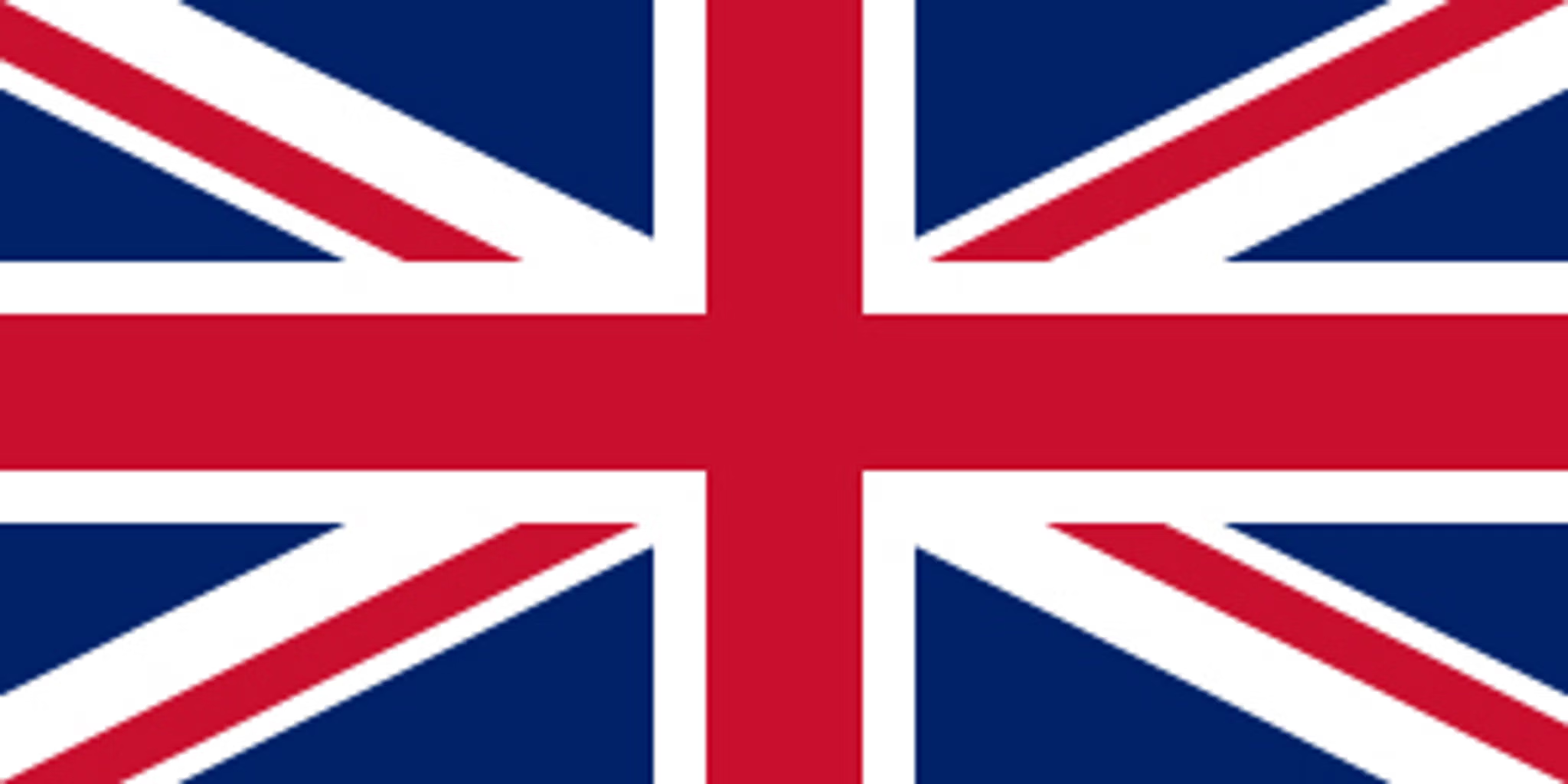IME Val Lorie
A green lung for kids within a high density industrial area.
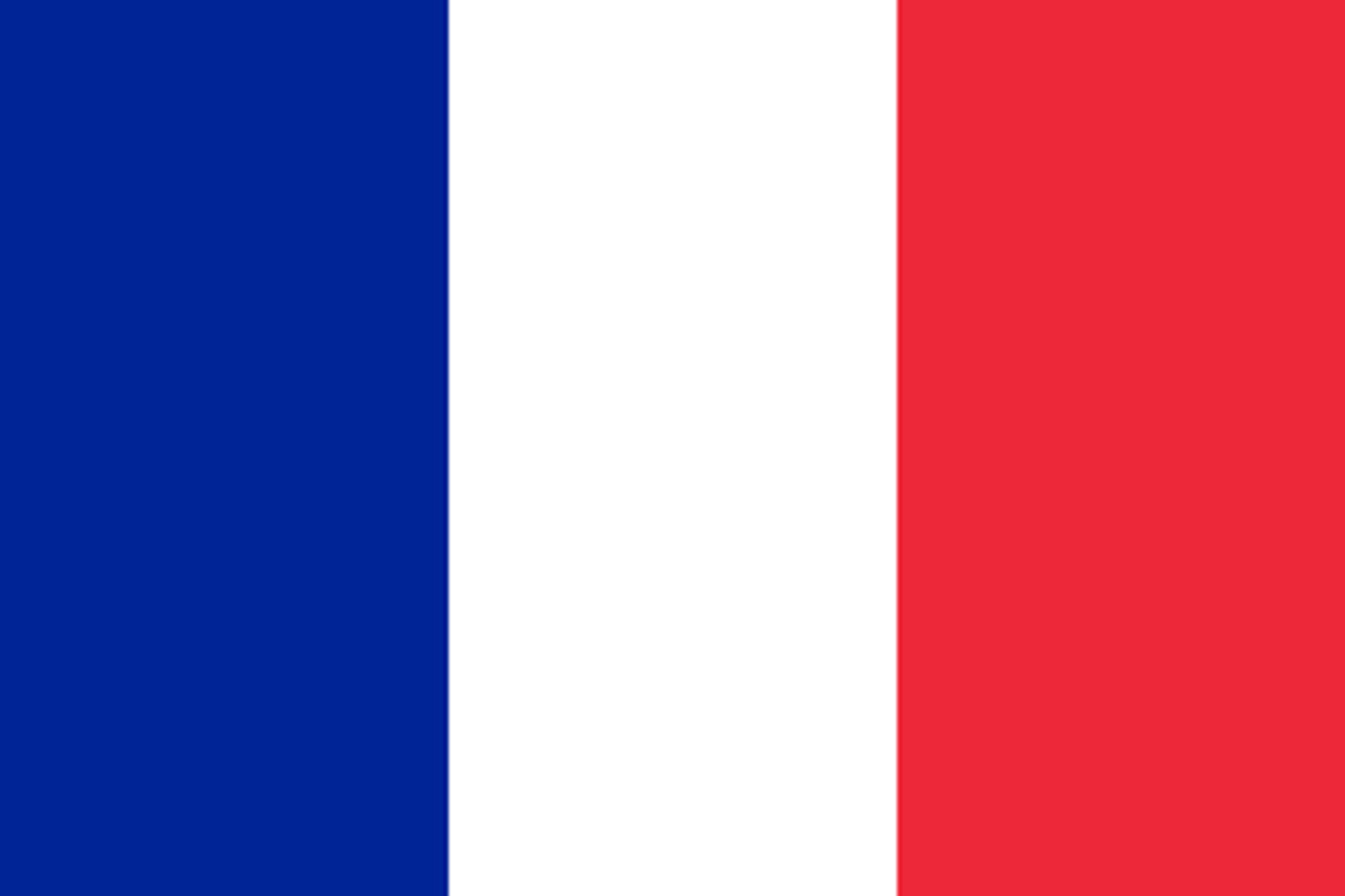
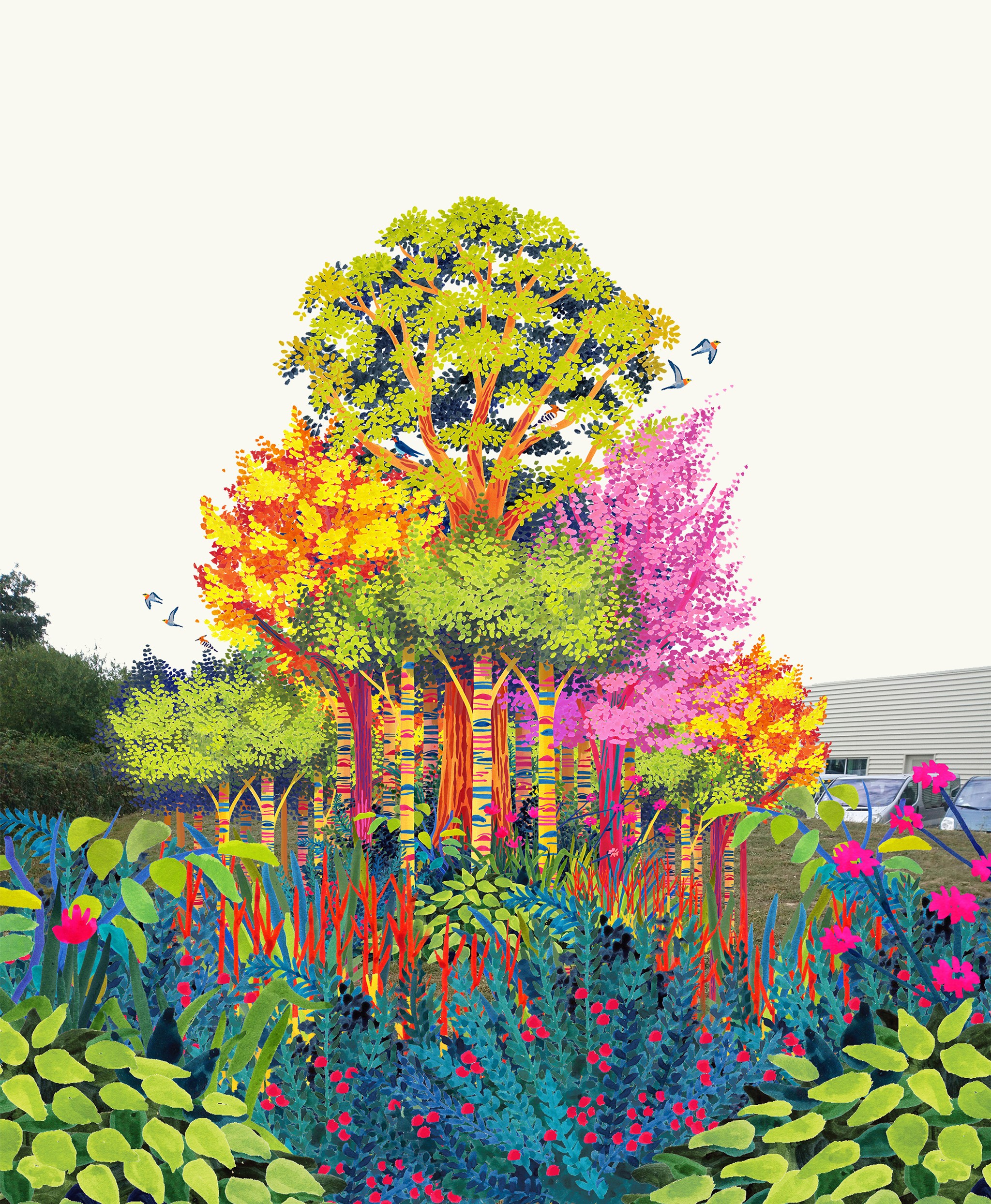
0
Trees
0
Square Meters
0
Native Species
0
Youth Impacted
Self Sustaining Forest
Ime Val Lorie Forest, planted in February 2020, is now a restored, self-sustaining ecosystem. The hazel and alder trees are flourishing particularly well, creating a vibrant green space planted in the grounds of the institute.
The forest provides shelter for a variety of wildlife, including honey bees (Apis melifera), worms (Lumbricus terrestris), and an abundance of birds like blackbirds (Turdus merula) and coal tits (Periparus ater). Traces of animal tracks have been discovered on the forest floor, and most remarkably, a badger was spotted passing through. This is a clear testament to the forest’s growing success as it evolves into a vibrant and thriving natural habitat.The forest remains an invaluable educational resource, offering a calming environment where young people with disabilities at the institute can engage with Nature, observe biodiversity, and learn directly from the natural world.
Forest Maker
MiniBig Forest


Ecosystem Restored
Final report: 22.11.2024
After approximately three years our SUGi Pocket Forests become self-sustaining. They no longer require human maintenance or watering, and can be handed over to Nature for biodiversity and complexity to naturally develop.
0%
Survival Rate
0
People living within 300 meters
0
kg of potential CO2 sequestration
Biodiversity
Biodiversity is all the different kinds of life you'll find in one area—the variety of animals, plants, fungi, and even microorganisms like bacteria that make up our natural world. Each of these species and organisms work together in ecosystems, like an intricate web, to maintain balance and support life.
0
Potential number of mammals
0
Potential number of birds
0
Potential number of amphibians
“MiniBigForest, teachers and families are partnering to create a natural dense forest - a “green lung” to address the negative impacts of the surrounding environment and bring back more nature within the school.”
Stephanie Saliou, SUGi Forest Maker & Co-Founder of MiniBigForest
Forest Report: 2023
0 Years
Forest Age
0%
Survival Rate
0m
Average of Tallest 3 Trees
The forest continues to be a good teaching support. It is proving to be a place of experimentation and observation for young people with disabilities and their teachers.
Biodiversity Notes:
Forest Report: 2022
0 Years
Forest Age
0%
Survival Rate
0m
Tallest Tree
Beech trees (Fagus sylvatica) are currently slowest growing - on average 30cm in height. The sweet cherry trees (Prunus avium) are also doing well, measuring on average 250cm.
This pocket forest is doing very well overall. As all European projects, it has been impacted by the summer drought and is experiencing relatively early fall of leaves this year as a result. The buckthorn (Rhamnus cathartica) on the edge of the forest seems to be the species that has suffered the most from the scorching summer. However, encouragingly, regrowth has been observed on many dried-looking plants.
Growth rate has been slower this year, certainly connected to the dry and hot conditions. Still, blood dogwoods (Cornus sanguinea), for their part, experienced good growth both in width and in height, whilst the alder tree (Alnus glutinosa) is by far the best growing, with a height of 450cm measured on some trees.
The herbaceous layer develops naturally with a dominance always marked by the presence of the creeping cinquefoil (Potentilla reptans) and bedstraw (Galium verum), a sign of the presence of soils rich in bases and organic matter and of good soil water retention . The rest of the cover is made up of unidentified grasses (Poaceae). The ground, where the trees are tallest and let the least light through, has a nice brown color and a rich material of dead leaves, twigs. The herbaceous layer begins to become more sparse there.
The forest has made the outdoor space an important communal area for the young people of IME Val Lorie. The forest has also led to the development of other outdoor resources that are supporting the students’ learning. These include a chicken coop, compost heap and orchard area.
Biodiversity Notes:
Biodiversity is thriving in this pocket forest! Many passerines are making use of the forest, including blackbirds (Turdus merula), robins (Erithacus rubecula), great tits (Parus major) and chiffchaff (Phylloscopus collybita). The forest is also home to many insects, arthropods, gastropods (species unidentified). The presence of small mammals, thought to be foxes (Vulpes vulpes), was noted via traces on the ground, corroborated by the disappearance of a hen in the henhouse.
Forest Report: 2021
0 Years
Forest Age
0%
Survival Rate
0m
Tallest Tree
The Alder tree (Alnus glutinosa) is by far the best growing, with a height of 400cm measured on some trees. Beech trees (Fagus sylvatica) are currently the slowest growing, at an average of 30cm in height. Birch trees (Prunus avium) are also doing well, measuring on average 250cm.
15% are estimated to have failed over 18 months but overall, this small ecosystem is doing remarkably well. The Oaks were impacted by powdery mildew generated by a very wet spring and summer season. The Pear trees seem a little slow growing and their leaves are showing some deformations. The area close to the car park is experiencing more marked growth than that on the edge of the hedge already present. A herbaceous layer is developing naturally with a marked dominance of the Cinquefoil (Potentilla reptans), a bio-indicator of rather humid soils (which explains the beautiful growth of alders). The Cinquefoil is also a pioneer that will recolonize disturbed environments.
As the trees have reached a good size and are no longer in direct competition with the herbaceous layer, no other weeding actions will be planned, with the exception of small pockets located at the foot of the still very small trees, such as Beech.
Biodiversity Notes:
Planting: February 2020
The Benefits
The pocket forest at IME Val Lorie will:
- Improve environmental conditions for young people.
- Regenerate biodiversity within a high-density industrial area.
- Regulate the microclimate temperature.
- Improve air quality.
